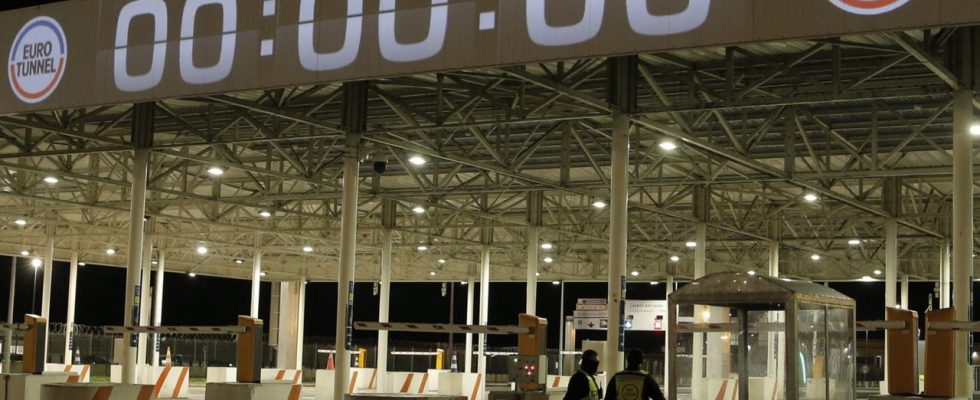It is a masterpiece of engineering: the Eurotunnel. It is around 50 kilometers long and 37 kilometers under water. 30 years ago today, the first train from Great Britain arrived in Calais in northern France.
On May 6, 1994, two trains move towards each other, first quickly and then more and more slowly. French President Francois Mitterand sits in one, and Queen Elisabeth II sits in the other. During the maiden voyage, people come to a ceremonial halt on the route in front of Calais.
The Queen opens the Eurotunnel – in perfect French at the time: “The combination of French enthusiasm and British pragmatism has achieved a miracle.” A miracle that benefits everyone, President Mitterrand emphasizes somewhat stiffly: “What is happening between Great Britain and France is not insignificant for Europe and its future.”
Not a penny from Margaret Thatcher
The bold project of a tunnel under the English Channel, which was first discussed in 1802, had to overcome a number of hurdles before it finally became reality. Prime Minister Margaret Thatcher refused to publicly support the construction. The British state will provide “not a public penny,” she says. So private companies bear all the risk.
And after seven years of construction, the time has come: the breakthrough – live on British television. The two tunnel workers Graham Fagg and Philippe Cozette move their hands through the hole. The champagne is flowing freely. And alluding to the Franco-British reconciliation agreement in 1904 – the “Entente cordiale” – the British reporter jokes that the agreement was very cordial: “The entente is very cordial.”
A route also for refugees
But the euphoria quickly fades. The costs are exploding. The project costs 15 billion euros. Small investors lose a lot of money. It wasn’t until new boss Jacques Gounon managed to negotiate a haircut in 2007 that the company saw light at the end of the tunnel. But the next crisis is not far away: more and more refugees are using the 50 kilometer long tunnel to get to Great Britain.
According to the French government, between June and October 2015, between 50,000 and 60,000 people made it onto the terminal site or into the tunnel. The French Interior Minister at the time, Bernard Cazeneuve, held the operating company responsible: “The state takes responsibility. We uncover smugglers, create emergency accommodation, remove irregular migrants, and look after asylum seekers. The Eurotunnel group must also live up to its responsibilities. Above all, its own terrain,” he demanded.
Today four meter high walls protect the tunnel entrance and other sensitive points. Drones, underground motion detectors, scanners, 600 cameras and 300 security guards ensure that no one comes through the tunnel without permission. After the influx of refugees, further crises follow. First Brexit, then Corona.
The goal: more trains
Today, CEO Yann Leriche sees one problem in particular: “It’s not Brexit that’s bothering us today, but rather the unfair competition of some ferries. They are engaging in social dumping and paying their employees 60 percent below the minimum wage. The fact that you can translate so cheaply Of course we feel this in our bookings.”
Nevertheless, the company is in much better shape today than it was at the beginning. In 2023, sales rose by 14 percent to 1.8 billion euros. A new business area also contributed to this – a power cable has been running through the tunnel for two years. That brought over 420 million into the till.
But CEO Leriche wants to achieve one thing above all: that more trains travel through the tunnel. After all, the train is the most environmentally friendly means of transport of all: “Today, 400 trains travel through the tunnel every day, passenger trains and freight trains. But there could be 1,000 a day.” To do this, he is setting his sights on new destinations: for example Cologne, Frankfurt, Geneva or Zurich.

